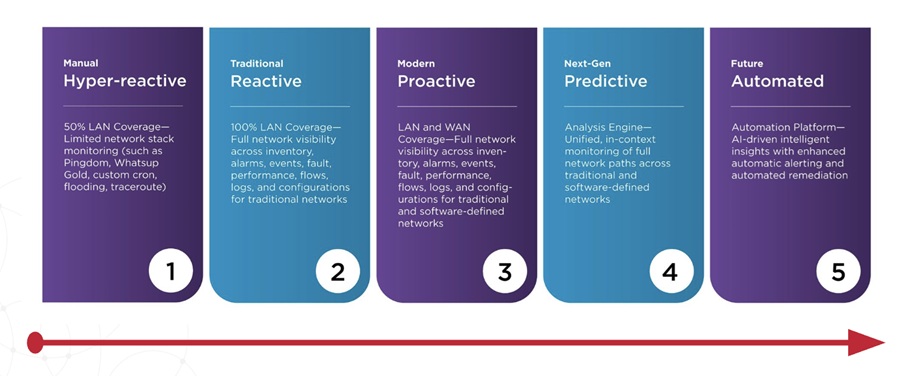In response to the global pandemic, companies have given their workforce the tools they need to work remote. And research shows it has increased their engagement and productivity. But these gains are on the brink of being wiped out. According to a new study from Citrix Systems, Inc., employees feel they've been given too many tools and not enough efficient ways to execute. And it's hindering their ability to get things done.
"People are working the same or more hours, but they're accomplishing less because technology is getting in their way," said Tim Minahan, EVP of Business Strategy, Citrix. "As companies organize around new, hybrid work models, they need to rethink the role of technology and how they apply it across their organizations so that employees, rather than being frustrated, are empowered to succeed."
To help them do this, Citrix conducted the Work Your Way survey of 1,000 IT decision makers and 2,000 workers across the United States conducted by OnePoll, that revealed a few significant trends:
App Sprawl is Out of Control
The number of tools employees are required to use to do their jobs has significantly increased, as has the complexity they are creating in the workplace. For example:
■ 64% of workers are using more communication and collaboration tools than they were prior to the pandemic
■ 71% say they have made work more complex
"Employees are frustrated, and to keep them engaged and performing at their best, companies need to eliminate the friction and noise from work and deliver technology that adapts to their workstyles rather than forcing them to learn new ways of doing things," Minahan said.
A New Digital Divide is Emerging
But workstyles have fundamentally changed. "People are not going back to working the way they did," Minahan said.
The survey confirms this. Nearly 90% of respondents to the survey say they want the flexibility to continue to work at home and in the office post pandemic.
"Regardless of their physical location, employees need to be empowered with tools that provide a consistent, secure and reliable experience and allow them to work the way they work best," Minahan said.
Digital Workspaces Are the Future of Work
Savvy organizations recognize this and see digital workspaces as a way to deliver it. With digital workspaces, companies can:
■ Unify work – Whether at home, on plane or in an office, employees have consistent and reliable access to all the resources they need to be productive across any work channel, device or location.
■ Secure work – Contextual access and app security ensure applications and information remain secure—no matter where work happens.
■ Simplify work – Intelligence capabilities like machine learning, virtual assistants and simplified workflows personalize, guide, and automate the work experience so employees can work free from noise and perform at their best.
Almost 90% of survey participants say their companies use digital workspace software platforms to facilitate hybrid/distributed working. And they are delivering results.
■ 72% of employees say they have improved productivity
■ 77% indicate they have aided collaboration
"In creating a layer between employees and the technology that frustrates them, companies can empower them to efficiently engage with the apps they need to execute work and achieve their goals," Minahan said.


